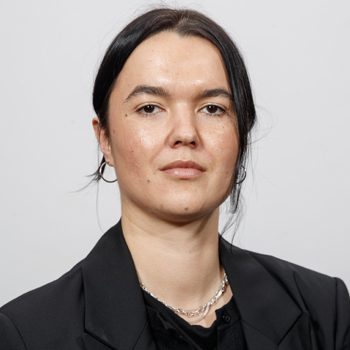“On the night or the morning after the election day, their numbers are compared for all to see.”
With the election eight weeks away, polls produced now are expected to accurately reflect the current voting intention but many factors could affect people’s voting intention over the next two months.
A political poll in New Zealand is a survey of often 1000 people. Pollsters are attempting to measure New Zealanders’ voting intentions by asking who they intend to vote for.
Some of the country’s key political polling companies are Verian and Kantar (behind the 1News poll), Reid Research (Newshub poll), Talbot-Mills (used by Labour) and Curia Research (used by National and sponsor of the Curia Taxpayers Union poll).
The Herald contacted all four companies. Representatives from the companies behind 1News and Newshub polls referred the Herald to the Research Association.
David Farrar, director of Curia Research, said their New Zealand polls survey people by the random digit dialling landlines and mobile phones and internet panels, which are large online databases of people who have agreed to be polled.
“Internet panels have tens or hundreds of thousands of panellists and a random selection of those are asked to complete a particular poll. No panellist is approached more than once.
“Polling companies, including Curia, are constantly working to try and ensure they are getting a sample that is reflective of New Zealand.”
Farrar warned against placing too much reliance on any one poll.
“The two most useful things you can do with polls is firstly look at what the trend over time is. Secondly, if there is some divergence between individual polls – look at the average of the polls rather than cherrypick the ones that give you the result you want.”
A spokesperson for Talbot-Mills said the company hosts its surveys online but the sample is sourced from Dynata’s commercial panel.
“Our methodology has been tested and verified by most accurately predicting the results for the four big numbers of the last election.”
The Research Association’s political polling Code of Conduct dictates the best practice for New Zealand pollsters, such as a minimum sample size and persistence when trying to contact people who are hard to reach.
The New Zealand Herald only reports political polls from companies that are signatories to the polling Code of Conduct.
A good poll is where the 1000 people surveyed reflect the voting intention of the country. One way to achieve this is to ensure that the age, gender, ethnicity, income and geographic distribution of the 1000 people polled matches the population as a whole.
The ultimate test for pollsters is the comparison between their poll closest to the election and the actual election result. This has become more complicated in recent times as voting moved from a single day to spread across a time period.
For example, in 2020, support for the major parties in the almost 2 million advance votes was different to the votes cast on the day.
Campbell, from the Research Association, said: “I would like to think the public should trust polls and its interesting … the countries where there is not political polling are countries where democracy is really struggling”.
“To get a really accurate sample you have to have multiple sources. Fewer people have landlines,” Campbell said.
“The days of just getting one source – landline or in the very early days door-to-door, they’re gone. You have to have a hybrid approach.”
Julia Gabel is an Auckland-based reporter with a focus on data journalism. She joined the Herald in 2020.
